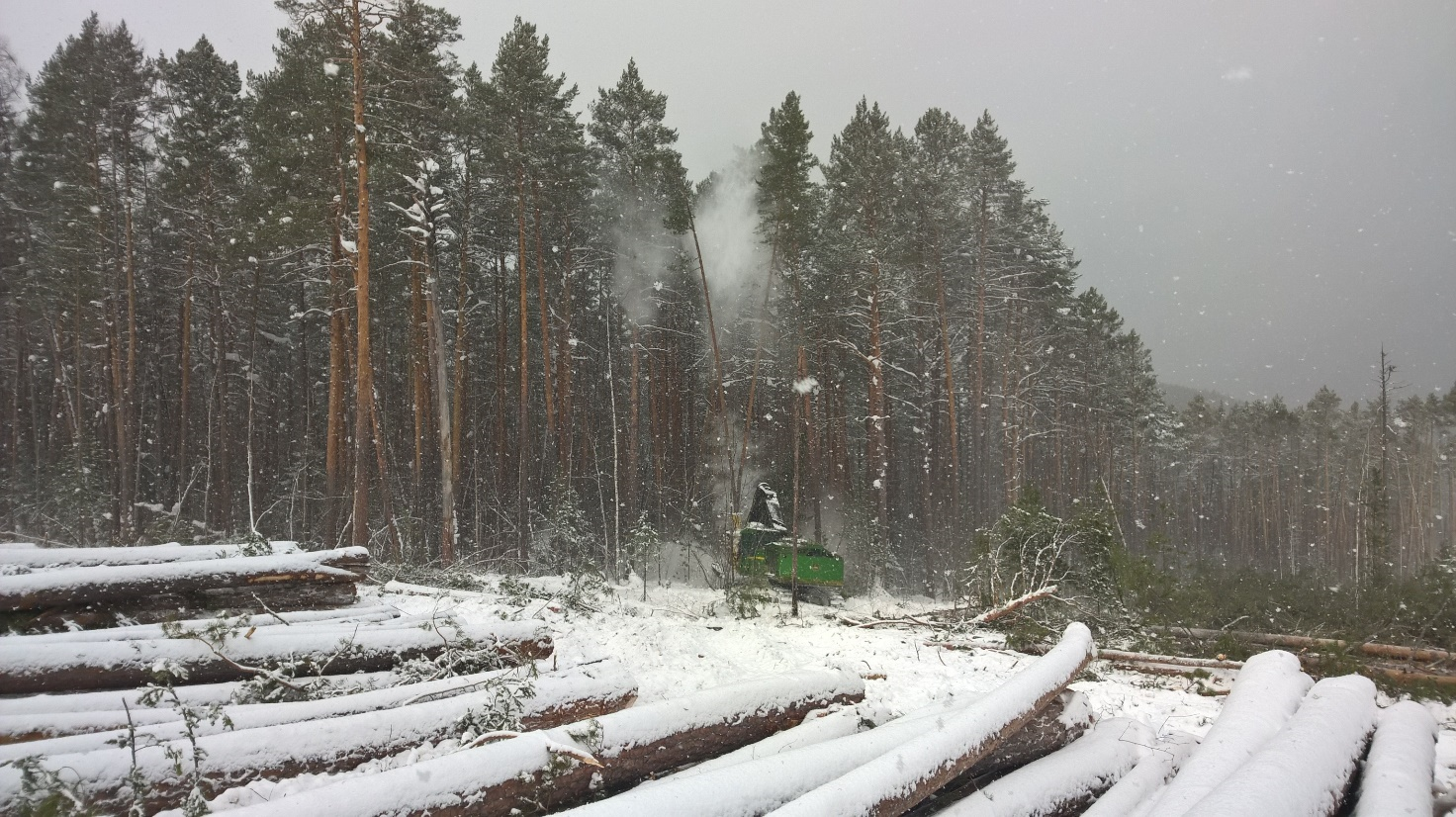
Russian forest product exports likely fall by 50% year-over-year in the second half of 2022.
Russia's invasion of Ukraine has been costly to the Russian forest industry. Not only have European and North American companies scaled back or pulled out from long-term business engagements in the country, but many Russian forest products exporting companies have lost most of their essential market access.
This development will not simply be a short-term occurrence but rather a shift that will have long-term negative consequences for a forest resource-rich country, reports the Wood Resource Quarterly.
Buyers Seeking Alternatives to Russian Supply
Russia had the potential to increase its supply to the western world with a diverse range of forest products in the coming decades. With this prospect likely lost, consumers worldwide are looking for alternative supply sources.
Russia's exports of crucial forest products started in 2022 with higher year-over-year volumes. But shipments of logs, wood pellets, and wood chips quickly ended a few months after Russia's war started at the end of February 2022.
Some market observers expected lumber shipments to follow suit. However, it did not occur because China did not join the trade boycott and because some lumber sales contracts ended later in the spring/early summer.
By June, most lumber sales to Europe had been completed, while shipments to Japan and South Korea were still at normal levels. Nevertheless, Russia's total exports in the first half of 2022 were down an estimated 35% from the 2021, and WRI predicts that the volumes in the second half of 2022 will be about half compared to the same period in 2021.
Total Russian Export Numbers Experience Major Drop
The estimated total export value of Russian wood raw-material, lumber, wood pellets, and market pulp was 3.4 billion dollars in the first half of 2022. This number is down from 4.7 billion dollars a year prior in the first half of 2021.
In the second half of 2022, when most exports will be limited to only China, the CIS countries, and the MENA region, total sales will likely decline to just over two billion dollars.
This is a preview post of our Market Insights report from Wood Resources International (WRI). For the past 13 years, Wood Resources International has distributed Market Insights on a regular basis to over 8,000 forest industry executives, analysts, investors, consultants and journalists worldwide. These Market Insights have covered the most recent developments in regard to global wood supply, forest industry production, forest products trade, and pricing of sawlogs, pulpwood, wood chips, lumber and biomass.


 Håkan Ekström
Håkan Ekström



